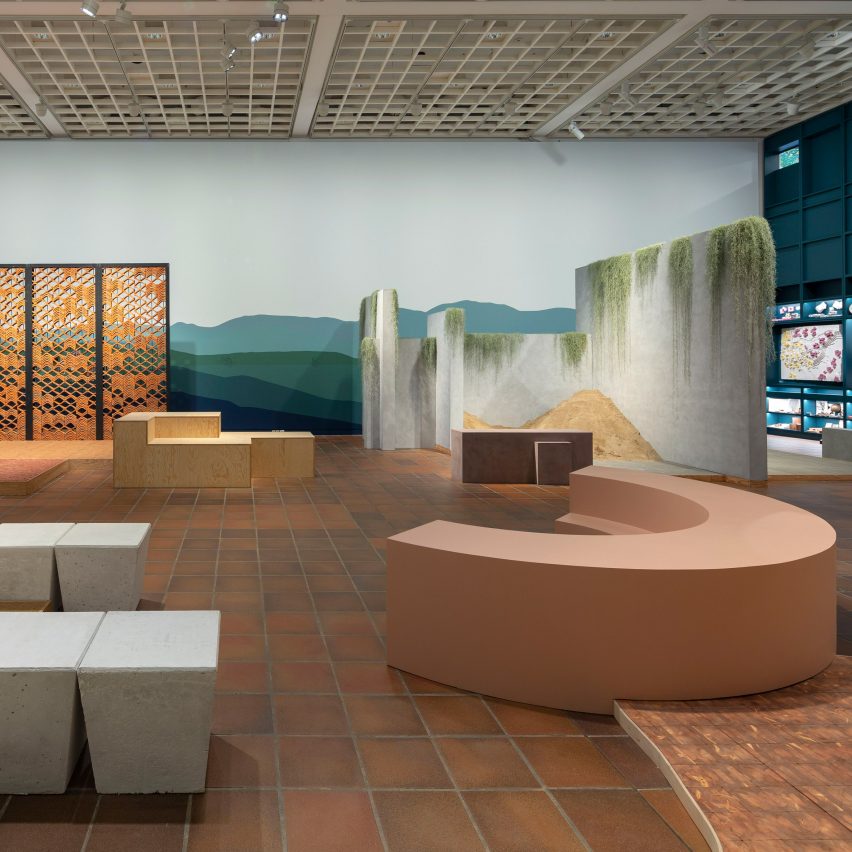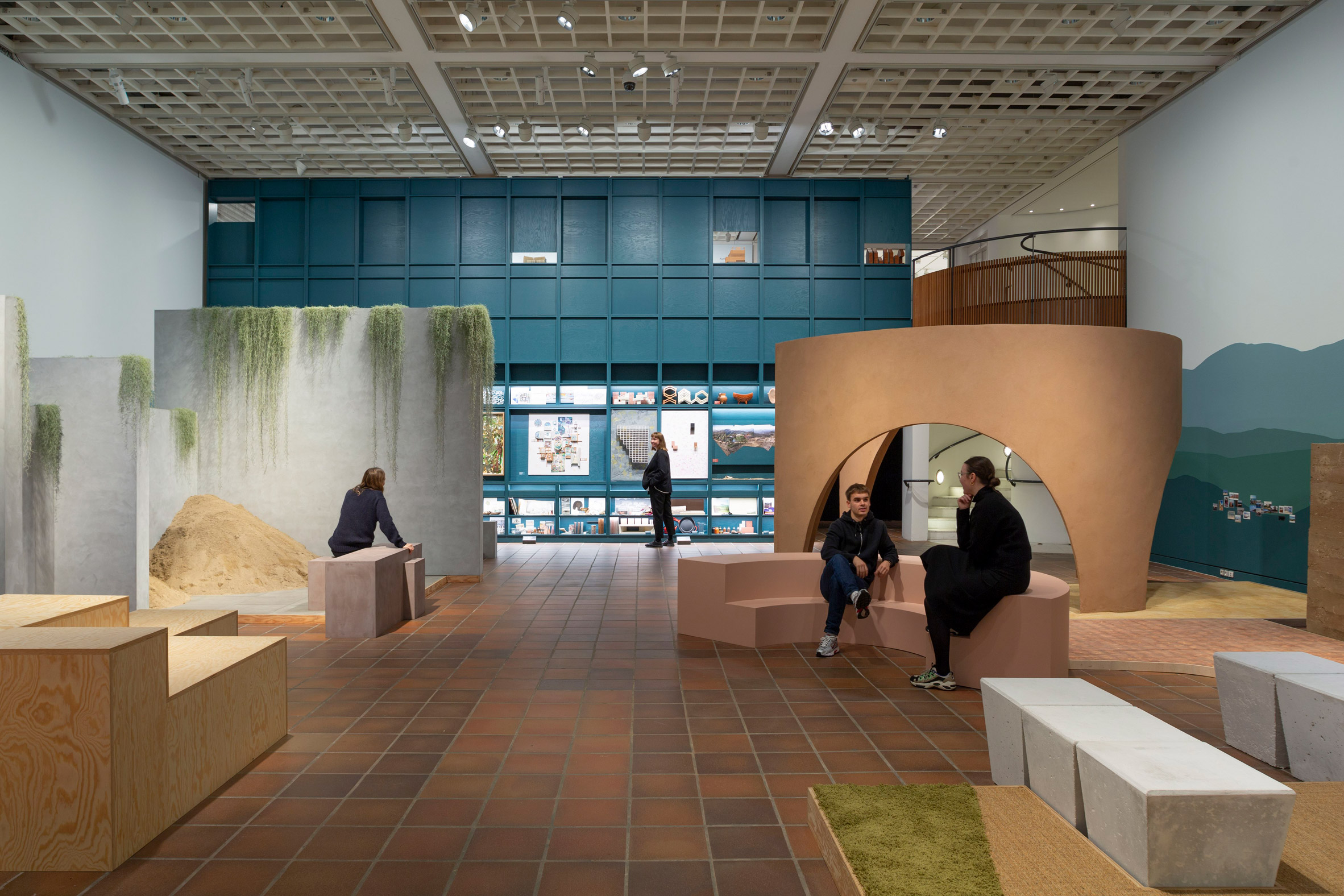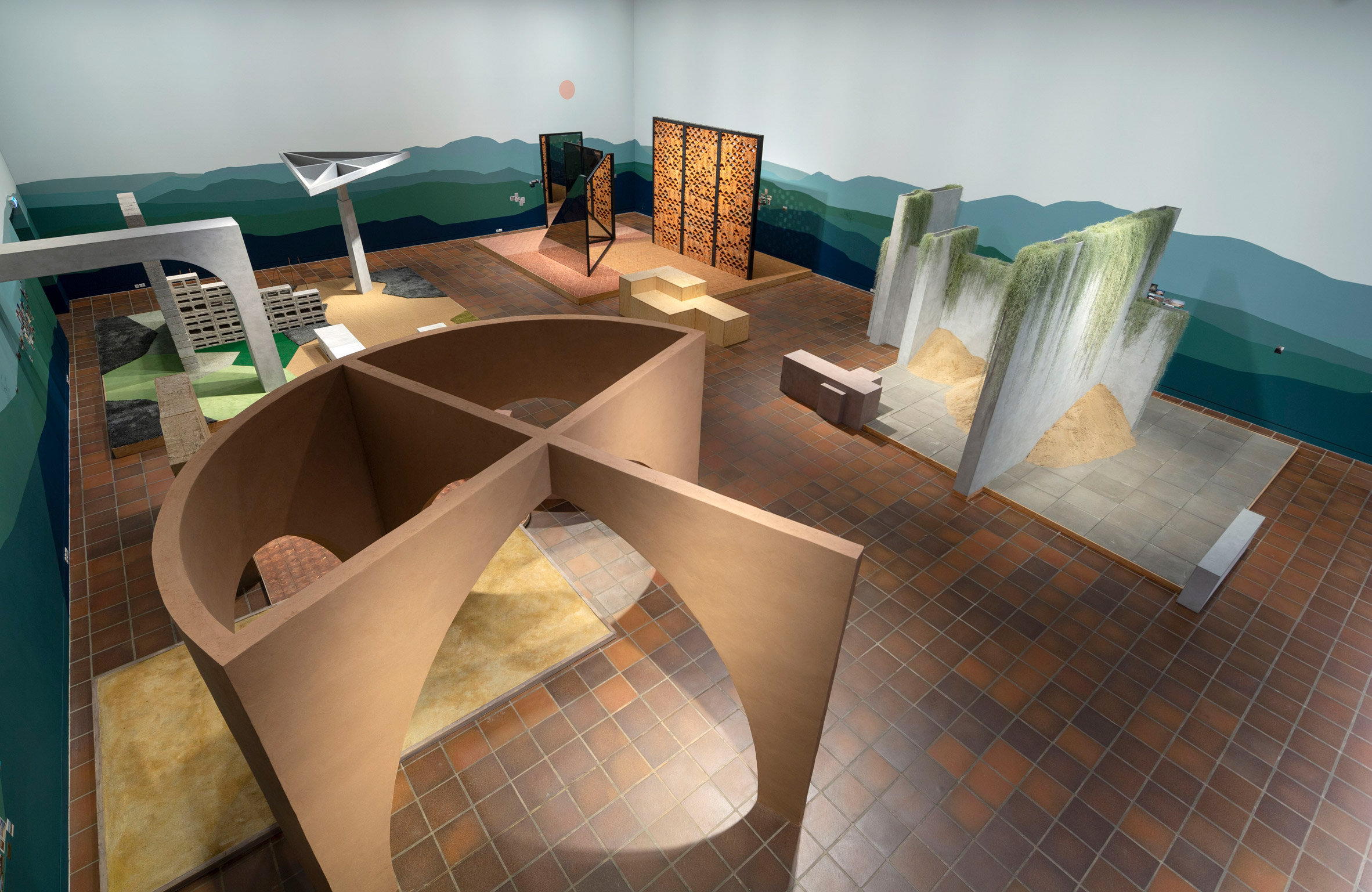
All photographs © Kristina Makeeva, shared with artist’s permission
Photographer Kristina Makeeva creates captivating scenes centered around Lake Baikal. The lake, located in Russia, is the largest freshwater lake in the world by volume, holding nearly a quarter of the world’s fresh surface water. Makeeva takes advantage of its vastness in forming otherworldly images that seem totally separate from the built environments most of us reside in. “The first time I visited Baikal, I had no expectations, and yet what I saw and felt kept me awake for the three days I was there, Makeeva tells Colossal. “I was exploding with inspiration. Now, having traveled to many countries around the world, I still think of Baikal as one of the most beautiful places.”
Makeeva uses Lake Baikal as both the stage and the star in her striking photographs. Often, a single figure centered in the image poses in a manner that draws attention to the surprisingly vibrant colors, shapes, and textures in the frozen landscape. The photographer frequently outfits her models in ruffled tulle dresses with impossibly long trains or minimalist white suits that call to mind astronauts or acrobats. Makeeva explains that depending on the shoot, she either brings models from Moscow or hires local models to work on location, or the models are integrated into the frigid landscape in post-production if their costumes are tricky to travel with.

The artist explains that after a childhood in Moscow’s “grey and boring suburbs”, she is eager to incorporate the magical energy of fairy tales and fantasy into her photographs. “As I travel and read more, I’ve been able to add an element of cultural understanding and context to some of my favorite fairy tales,” says Makeeva.
I always have a movie playing in my head. As a photographer, you still need to do your homework if you want to create something unique in that location. So I immerse myself into history, landscape, and pictures. It’s important to have a special inventory list. As weather conditions play a major role in shoots, we will often order special clothes and dresses that fit with the landscape. We envision and look at several dresses in advance of a shoot. And, of course, we also buy thermal clothes for the model so that she’s as comfortable as possible in the climate.
In reflecting on the end results of her meticulously researched work as an artist, Makeeva tells Colossal, “How I feel about my art and how others feel is often very different. This is natural because our experience of art depends on our life experiences. As a rule, I try not to title my photos, so that everyone is free to interpret my photography however they’d like.”
To take a look behind the scenes of Makeeva’s photographic process, watch a short feature on her work produced by SmugMug, and see more of her finished works on Instagram.






from Colossal https://ift.tt/383N6Jq

















